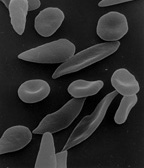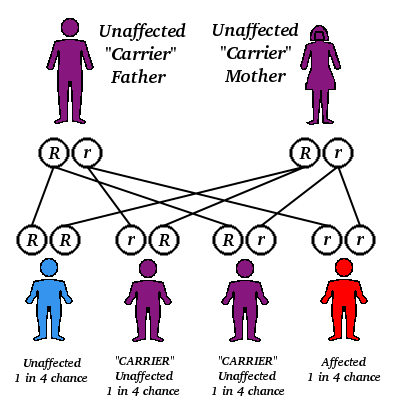DALLAS
Children with sickle cell disease--an inherited red blood-cell disorder--are living longer, dying less often from their disease and contracting fewer fatal infections than ever before, according to researchers at University of Texas Southwestern Medical Center at Dallas.
Their study, which will appear in the June edition of the scientific journal Blood, is the first to evaluate survival rates of children receiving the most modern treatments for sickle cell disease. It's also one of the largest published sickle cell studies to date. Researchers followed more than 700 Dallas-area children with the disease over two decades.
Thirty years ago, only half of children with sickle cell disease were expected to reach adulthood. This new study showed that patients with sickle cell anemia, the severest and most common form of the disease, had a survival rate of 85.6 percent at 18 years old, and patients with milder forms of sickle cell disease had a survival rate of 97.4 percent at 18. Also, 11.5 percent of patients with sickle cell anemia had a stroke by 18 years old. Although this rate remains constant, fewer children are dying as a result of the stroke, researchers said.
"There weren't any modern or contemporary survival data for children with sickle cell until now," said Dr. Charles Quinn, assistant professor of pediatrics and the study's lead author. "Previous survival studies began in the 1970s, and there have been significant advancements made in the medical care of these children since then."
People with sickle cell disease have a genetic error in their hemoglobin, a component of red blood cells. Instead of being soft and round, the red blood cells of a sickle cell patient are inflexible and sickle-shaped, causing blockages in the blood vessels and preventing body tissues from receiving oxygen.
It is estimated that between 60,000 and 70,000 Americans suffer from the disease. The disease is most common among people of African descent. In the United States, it is estimated that 9 percent of African Americans have the sickle cell trait, and 1 in 600 has sickle cell anemia.
UT Southwestern researchers attribute the improved prognosis to widespread newborn screening that allows physicians to identify the disease early and begin treatment sooner, as well as new types of medicines and vaccines.
Research developments during the past several decades have improved the lives of many persons with sickle cell disease," said Dr. George Buchanan, the study's senior author and director of the National Institutes of Health-funded Southwestern Comprehensive Sickle Cell Center. "Yet the true impact of these investigations on survival of children and adolescents with sickle cell disease has not been clear until now.
"This work gives us contemporary and accurate data confirming the success of our research. It was only a half-century ago that very few persons with sickle cell anemia and related conditions survived beyond 21 years of age," Buchanan said.
COPYRIGHT 2004 Cox, Matthews & Associates
COPYRIGHT 2004 Gale Group




